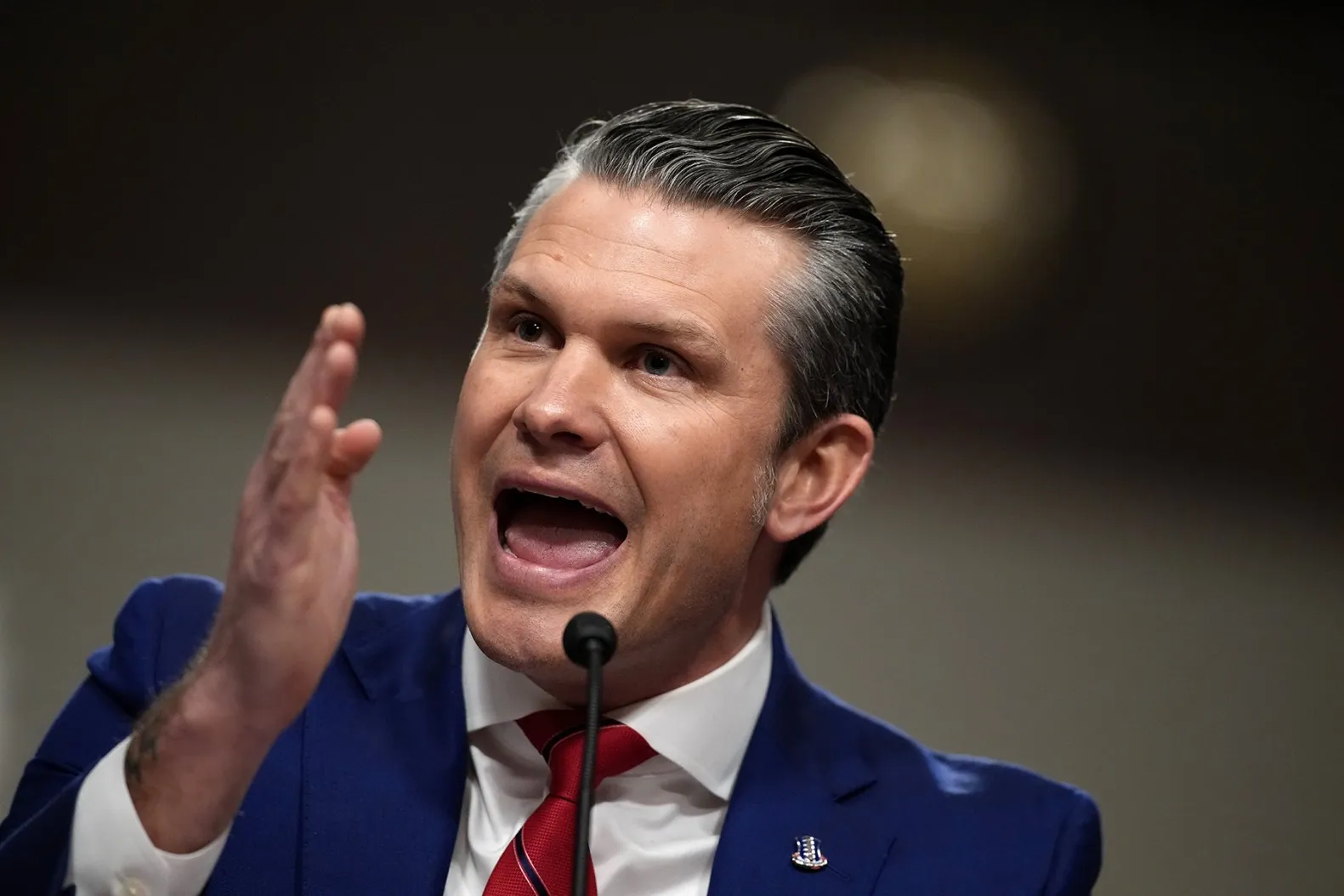Unveiling Pete Hegseth’s Controversial Tattoos: What They Really Mean
In the world of media and political commentary, few personalities have generated as much discussion about personal symbolism as Pete Hegseth, the prominent Fox News host and former military officer. His tattoos have become a lightning rod for intense debate, sparking conversations about faith, nationalism, and cultural interpretation.
The Jerusalem Cross, one of Hegseth’s most prominent tattoos, stands out as a particularly controversial symbol. This intricate design features a large central cross surrounded by four smaller crosses, a historical emblem dating back to the Crusades. While Hegseth maintains that the tattoo represents his deep Christian faith, critics argue that the symbol carries more complex and potentially problematic connotations.
Another tattoo that has drawn significant attention is the Latin phrase “Deus Vult” – translated as “God wills it” – a battle cry historically associated with medieval Crusades. Hegseth has consistently defended these tattoos as personal expressions of his religious beliefs, emphasizing their spiritual rather than political significance.
However, the controversy extends beyond mere symbolism. Experts and critics have raised concerns about the potential implications of these tattoos in modern social and political contexts. Some argue that such historical symbols have been co-opted by extremist groups, creating a nuanced and sensitive dialogue about representation and interpretation.
During recent confirmation hearings for a potential Defense Secretary position, Hegseth faced direct questioning about his tattoos. Senators expressed particular interest in understanding the deeper meanings behind these permanent markings, highlighting the broader societal tensions surrounding cultural symbols.
The debate surrounding Hegseth’s tattoos reflects a larger national conversation about:
- The intersection of personal faith and public perception
- Historical symbolism in contemporary contexts
- The potential for misinterpretation of cultural emblems
- Individual expression versus collective understanding
Notably, Hegseth has been vocal in his defense, consistently stating that his tattoos represent a personal connection to Christian heritage rather than any extremist ideology. He has publicly emphasized the importance of understanding these symbols within their intended spiritual context.
Critics, however, point to the complex history of such symbols. The Jerusalem Cross and “Deus Vult” phrases have increasingly been associated with nationalist and potentially white supremacist movements, creating a challenging narrative around personal expression and historical interpretation.
Military and political analysts have suggested that these tattoos raise important questions about the broader cultural dynamics within military and media institutions. The ongoing discussion underscores the delicate balance between personal identity and broader social perceptions.
While the controversy continues, Hegseth remains steadfast in his explanation. “These tattoos are a deeply personal reflection of my faith and my understanding of Christian heritage,” he has stated in multiple interviews, attempting to contextualize the symbols beyond their potentially controversial interpretations.
The ongoing dialogue surrounding Pete Hegseth’s tattoos serves as a microcosm of larger societal debates about symbolism, faith, and the complex ways in which personal expressions can be interpreted in public discourse.
Conclusion:
The tattoos of Pete Hegseth represent more than just ink on skin – they are a complex narrative of personal belief, historical symbolism, and contemporary social tension. As the debate continues, they remain a powerful reminder of the nuanced ways in which personal expressions can be understood and misunderstood.
Disclaimer: This article aims to present a balanced perspective on the ongoing discussion surrounding Pete Hegseth’s tattoos.






Leave a Comment